The Evolving Landscape of Podcast Formats: Engaging Your Audience in 2025.
The world of podcasting is dynamic, with formats constantly evolving to capture audience attention and deliver engaging content.
As more businesses recognize the power of audio storytelling through company podcasts, understanding the various formats available becomes essential.
Beyond the 'As-Live' Conversation
While the traditional "as-live" conversation format, featuring hosts interviewing guests, remains popular, it's crucial to recognize that it's not the only option. As the podcast space matures, various formats are emerging to cater to diverse audience preferences and content goals.
"The format of a podcast refers to the underlying structure". There are numerous ways to structure a show, and the right format can significantly impact its success.
Key Considerations for Choosing a Podcast Format
When developing a podcast, several key questions need to be addressed to ensure the format aligns with your objectives and resonates with your audience:
Who is your audience?
Identifying your target audience is the most critical step in format development.
Being specific about their interests, demographics, and relationship to your brand will help you create a format that resonates with them.
What does your audience want?
Consider what your audience seeks from a podcast.
Do they want exclusive access, entertainment, education, or industry insights?
Understanding their needs and preferences will shape your podcast's format, duration, release schedule, and talent.
When can you reach your audience?
Think about when your audience is most likely to listen to your podcast.
Tailoring your format and tone to suit their listening habits can increase engagement.
Exploring Different Podcast Formats
Interview:
One of the most common formats, featuring a host interviewing guests.
Effective for sharing expert insights, thought leadership, and diverse perspectives.
Conversational/Co-hosted:
Involves two or more hosts discussing topics, often with a more informal and engaging tone.
Can create a sense of camaraderie and connection with listeners.
Narrative/Storytelling:
Focuses on telling a story, often with a script, sound effects, and music.
Ideal for creating immersive and captivating experiences.
Educational:
Aims to inform and educate listeners on a specific topic.
Can establish a brand as a thought leader and trusted resource.
News/Updates:
Provides regular updates and news related to a specific industry or topic.
Keeps listeners informed and engaged with current events.
Panel Discussion:
Features a group of experts discussing a particular issue or topic.
Offers diverse viewpoints and in-depth analysis.
Learn more about some of these formats in our other blog, ‘Beyond the Interview: Creative Formats for your Company Podcast to Captivate your Target Audience’, below!
Embracing Innovation in Podcasting
The podcasting landscape continues to evolve, with new formats emerging and existing ones being reimagined.
For example, the rise in video podcasting has further blurred the line of what a podcast is. From narrative storytelling and investigative journalism to panel discussions and short-form content, the possibilities are endless.
By staying informed about the latest trends and understanding your audience's preferences, you can create a podcast that stands out and achieves your business goals.
Message Heard's Expertise in Podcast Formats
At Message Heard, we have extensive experience in developing effective formats for branded podcasts across various industries.
We work closely with companies to understand their objectives and create compelling formats that resonate with their target audience.
Our team considers factors such as audience demographics, content goals, and brand identity to craft unique and engaging podcast experiences.
